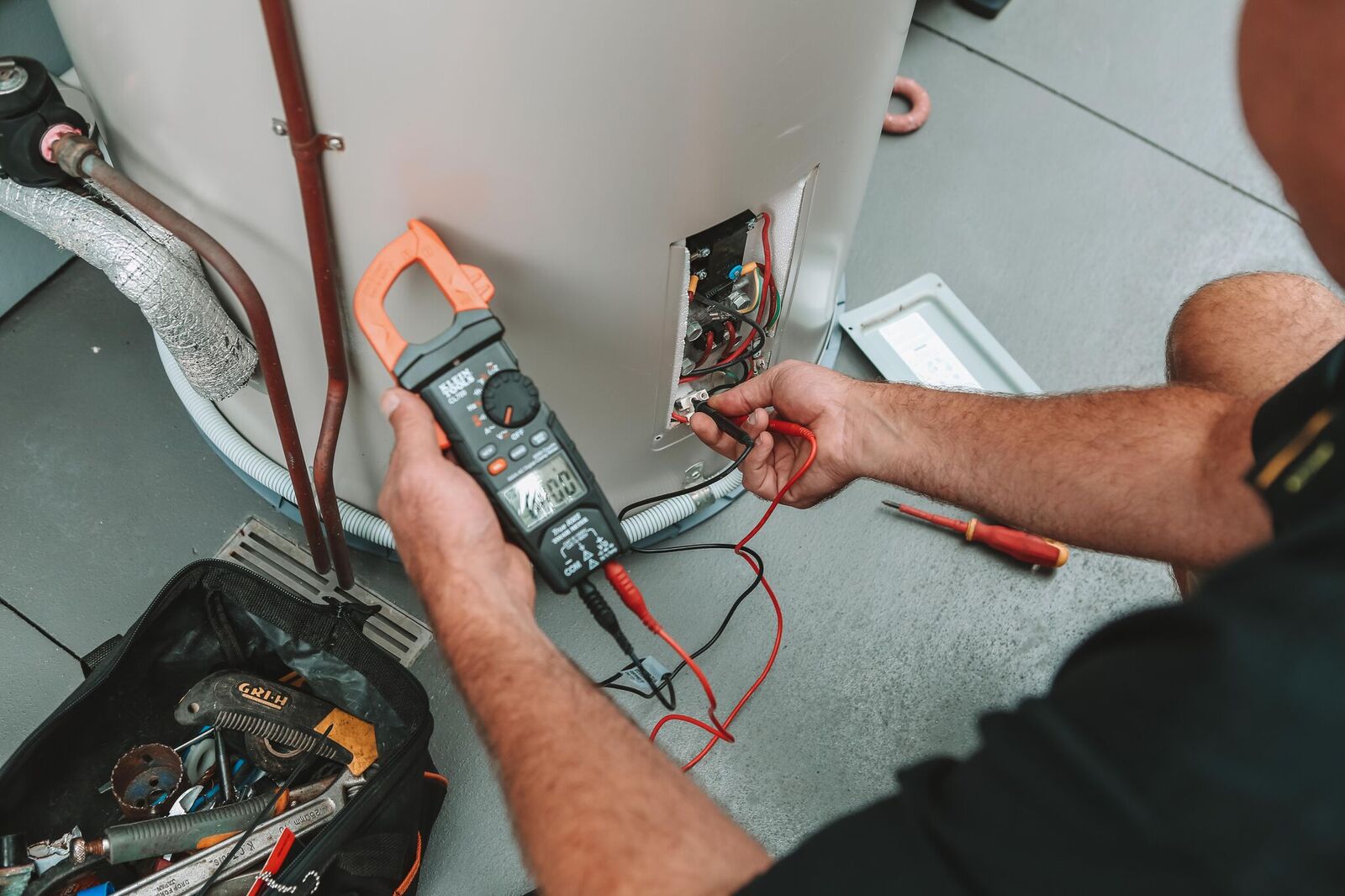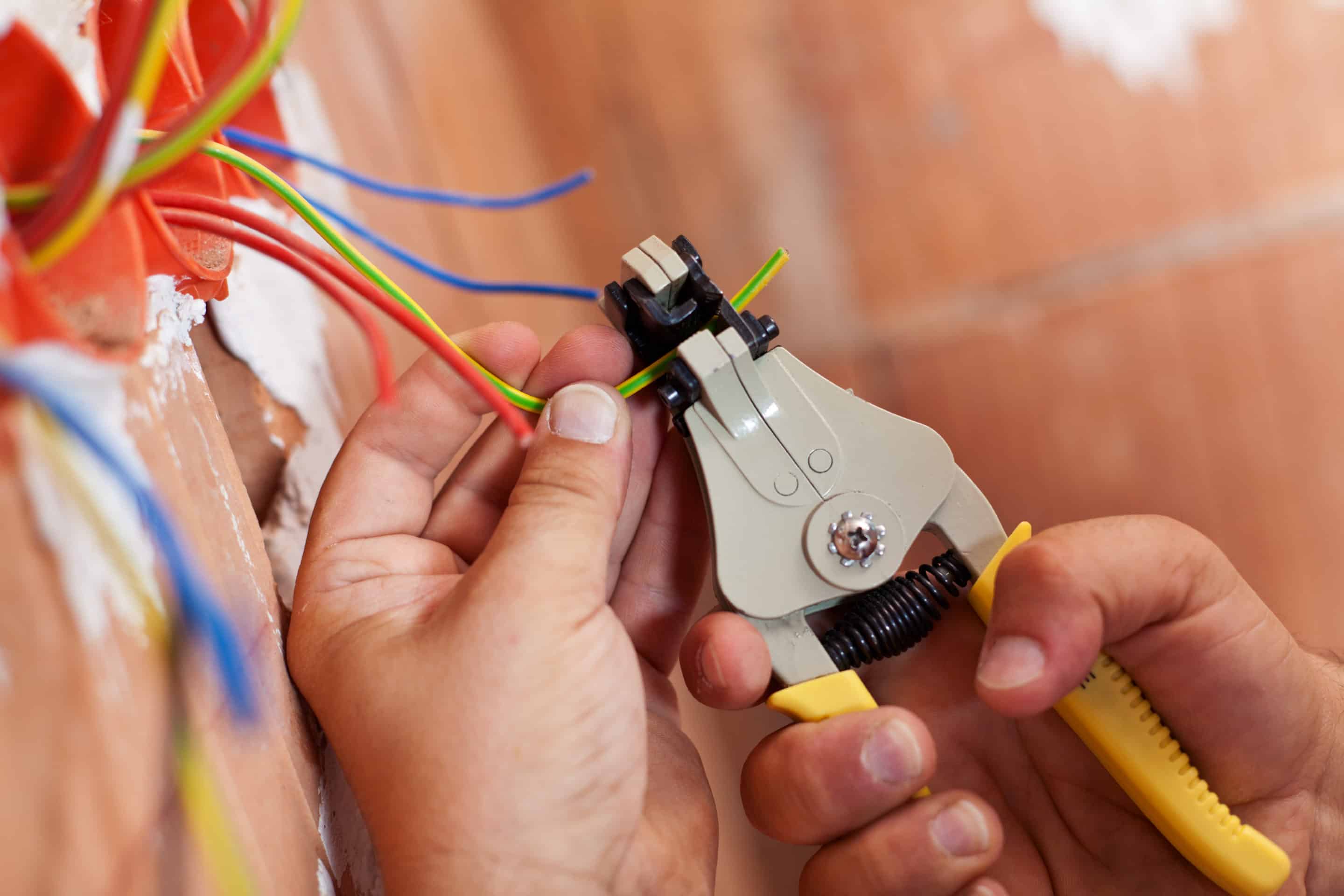Usual Electric Issues Every House Owner Need To Learn about
Homeowners frequently run into numerous electric problems that can affect safety and functionality. Issues like flickering lights and tripped circuit breakers are extra common than lots of understand. These situations can show deeper electric concerns that warrant focus. Recognizing the threats and signs connected with out-of-date electrical wiring and dead electrical outlets is important. What actions can be taken to protect against these issues? Exploring these usual electric problems might expose vital understandings for maintaining a secure home atmosphere.

Flickering Lights: Reasons and Solutions
Why do some home owners experience flickering lights? Flickering lights can be an usual inconvenience, often indicating underlying electric issues. One main reason is faulty or loosened connections within light components or wiring, which can lead to periodic power supply. In addition, making use of high-wattage home appliances on the very same circuit may trigger voltage fluctuations, causing flickering or lowering. Another potential concern is an overloaded circuit, where a lot of tools attract power all at once, straining the electric system. In addition, degraded or obsolete wiring can add to irregular electrical flow. Sometimes, flickering lights may signal a problem with the home's electrical panel or solution line. Homeowners need to address flickering lights quickly to avoid potential threats. Solutions might consist of tightening up connections, rearranging home appliance tons, or speaking with a licensed electrical expert for a complete evaluation. Determining the source can assist assure a stable and secure electrical system in the home.
Tripped Circuit Breakers: What You Need to Know
Have homeowners ever before questioned what creates their breaker to journey all of a sudden? This common concern typically develops from an overload of electrical circuits, where way too many devices attract power at the same time. In such cases, the breaker functions as a security system, interrupting the circulation of electrical power to stop getting too hot and possible threats. Another constant reason is a brief circuit, which happens when an online cord contacts a neutral wire, producing a surge of electricity that trips the breaker. Ground faults can likewise cause stumbled breakers; these occur when an online cable touches the ground or a grounded surface area, positioning significant security threats. Home owners ought to on a regular basis examine their usage of high-wattage home appliances to stay clear of overwhelming circuits. In addition, recognizing the feature of circuit breakers can aid them respond appropriately during a trip, ensuring their home remains well-kept and risk-free.
Obsolete Electrical Wiring: Indicators and Risks
Out-of-date electrical wiring can present substantial dangers to home owners, frequently going undetected till problems develop. Residences developed before the 1980s might still have light weight aluminum electrical wiring or knob-and-tube systems, which are no more considered secure. Indications of outdated wiring include flickering lights, frequently stumbled circuit breakers, or melting scents near outlets. These indicators might recommend that the electrical system is overburdened or deteriorating.Additionally, house owners might notice burn marks around buttons or outlets, which can indicate overheating. The danger of electric fires significantly enhances with outdated wiring, as these systems were not made to handle contemporary electric tons. Property owners are encouraged to have their electrical wiring evaluated routinely, especially when renovating or including new devices. By recognizing these indications early, they can avoid hazardous circumstances and keep a safer living atmosphere. Updating to present electrical requirements is a positive action in maintaining home safety and security and efficiency.
Often Blown Fuses: Repairing Tips
Constant blown integrates can suggest underlying electrical concerns that may originate from outdated electrical wiring or overloaded circuits. Home owners experiencing this trouble needs to initially determine the devices attached to the influenced circuit. It is suggested to prevent using numerous high-wattage devices at the same time, as this can cause circuit overload. If the problem continues, examining the circuit box for indicators of wear or damage is important; a malfunctioning circuit box might need replacement.Additionally, inspecting for loose links within the circuit can help protect against future occurrences. House owners ought to likewise validate that the integrates being used are of the correct amperage, as using an inaccurate fuse can aggravate the problem. If these repairing tips do not deal with the issue, seeking advice from a licensed electrical expert is advised to review the electric system better. Dealing with these problems promptly can aid reduce threats and ensure the safety of the home's electrical facilities.
Dead Electrical Outlets: Usual Reasons and Solutions
When a homeowner runs into a dead electrical outlet, it can often provide disappointment and confusion. A number of typical reasons might result in this concern. One constant offender is a tripped breaker, which can be quickly reset. House owners should inspect their electrical panel to inspect if any type of breakers are in the off placement. Another opportunity is a malfunctioning electrical outlet itself, which might call for substitute. Furthermore, loose electrical wiring connections within the outlet can disrupt power circulation, making examination essential.Sometimes, the problem might come from an overloaded circuit, particularly when multiple gadgets are attached. In such instances, redistributing the electrical load can deal with the issue. Bonuses House owners ought to additionally take into consideration the age of their wiring; older systems may call for updates to fulfill modern electrical demands. If these actions do not remedy the circumstance, speaking with a licensed electrical contractor is a good idea to ensure security and appropriate diagnosis.
Electrical Shocks: When to Be Concerned
Just how can property owners figure out whether an electric shock warrants worry? Home owners ought to initially evaluate the extent and context of the shock. A moderate static shock, commonly really felt when touching steel objects, is usual and normally safe. If the shock happens while communicating with a plugged-in appliance redirected here or electrical outlet, it may show an extra severe issue.The location and frequency of the shocks are essential. Repetitive shocks from the same source, specifically in damp locations like cooking areas or washrooms, might signal malfunctioning circuitry or inadequate grounding. Home owners ought to also take into consideration the feeling of the shock; a jolt that triggers pain or muscle tightenings is a lot more alarming than a mere tingle.If there's any type of uncertainty, it is recommended to seek advice from a certified electrician. Neglecting prospective electrical dangers can lead to major safety risks, consisting of fire or severe injury.
Overloaded Circuits: Avoidance and Precaution
Overloaded circuits present significant risks in property settings, usually resulting in electrical fires or equipment damages (ASP Level 2 Electrician). House owners must acknowledge the indicators of an overloaded circuit, such as frequently stumbled breakers or lowering lights. Implementing precautionary security techniques can aid alleviate these dangers and guarantee a much safer living environment
Identifying Overloaded Circuits
What signs indicate that a circuit may be overwhelmed? Home owners ought to be attentive for several crucial signs. Often tripped circuit breakers or blown fuses suggest excessive lots on the circuit. Dimming or flickering lights, specifically when other appliances are in use, can symbolize an inadequate power supply. In addition, outlets or switches that feel warm to the touch might suggest overheating, a potential fire risk. Unusual humming audios from electrical outlets additionally require attention, as they can symbolize electrical issues. Lastly, if devices Get the facts operate inefficiently or stop working to start, it may be an indication of an overloaded circuit. Identifying these indications early can aid stop severe electrical troubles and promote a much safer home setting.
Preventive Safety Practices
To keep a efficient and secure electric system, property owners must implement precautionary safety and security practices that deal with possible circuit overloads. One reliable step is to stay clear of linking way too many gadgets to a single electrical outlet, as this can exceed the circuit's ability. Making use of power strips with built-in circuit breakers can aid distribute power safely. Property owners need to also routinely inspect cords and home appliances for damages and change any kind of defective equipment quickly. It is vital to guarantee that breaker are working correctly and to be aware of the total power level being utilized in each circuit. In addition, speaking with a certified electrical contractor for routine assessments can determine potential issues before they escalate, guaranteeing a safer living environment and extending the life expectancy of electrical systems.
Frequently Asked Questions
How Usually Should I Have My Electric System Inspected?
Normal assessments of electrical systems are advised every three to five years. Homeowners need to consider extra frequent checks if they experience problems, undertake renovations, or live in older homes to guarantee security and compliance.
Can I Repair Electric Problems Myself or Work With a Professional?

What Are the Indications of an Electric Fire Threat?
Indicators of an electric fire threat include often stumbled circuit breakers, flickering lights, burning odors, blemished electrical outlets, or warm, humming cords. House owners should stay watchful and seek professional support if any of these signs are existing.
How Do I Know if My Home Requirements an Electrical Upgrade?
To establish if a home requires an electrical upgrade, indications include regular circuit breaker trips, out-of-date electrical wiring, not enough electrical outlets, flickering lights, and the existence of older electrical panels, indicating prospective security risks and inefficiency.
Are There Specific Safety Tips for Do It Yourself Electrical Work?
When considering DIY electric work, one must always turn off power, make use of shielded tools, confirm circuit performance, comply with regional codes, and seek advice from specialists for complex tasks to assure safety and security and stop accidents. An additional potential problem is an overloaded circuit, where as well lots of tools draw power simultaneously, straining the electric system. The danger of electrical fires markedly enhances with out-of-date wiring, as these systems were not created to take care of modern-day electric lots. Constant blown integrates can suggest underlying electrical concerns that might stem from obsolete wiring or overloaded circuits. To keep a effective and risk-free electric system, homeowners have to carry out precautionary safety and security techniques that resolve potential circuit overloads. Sydney Level 2 Electrician. Indications of an electric fire danger consist of often stumbled circuit breakers, flickering lights, shedding smells, stained electrical outlets, or warm, humming wires